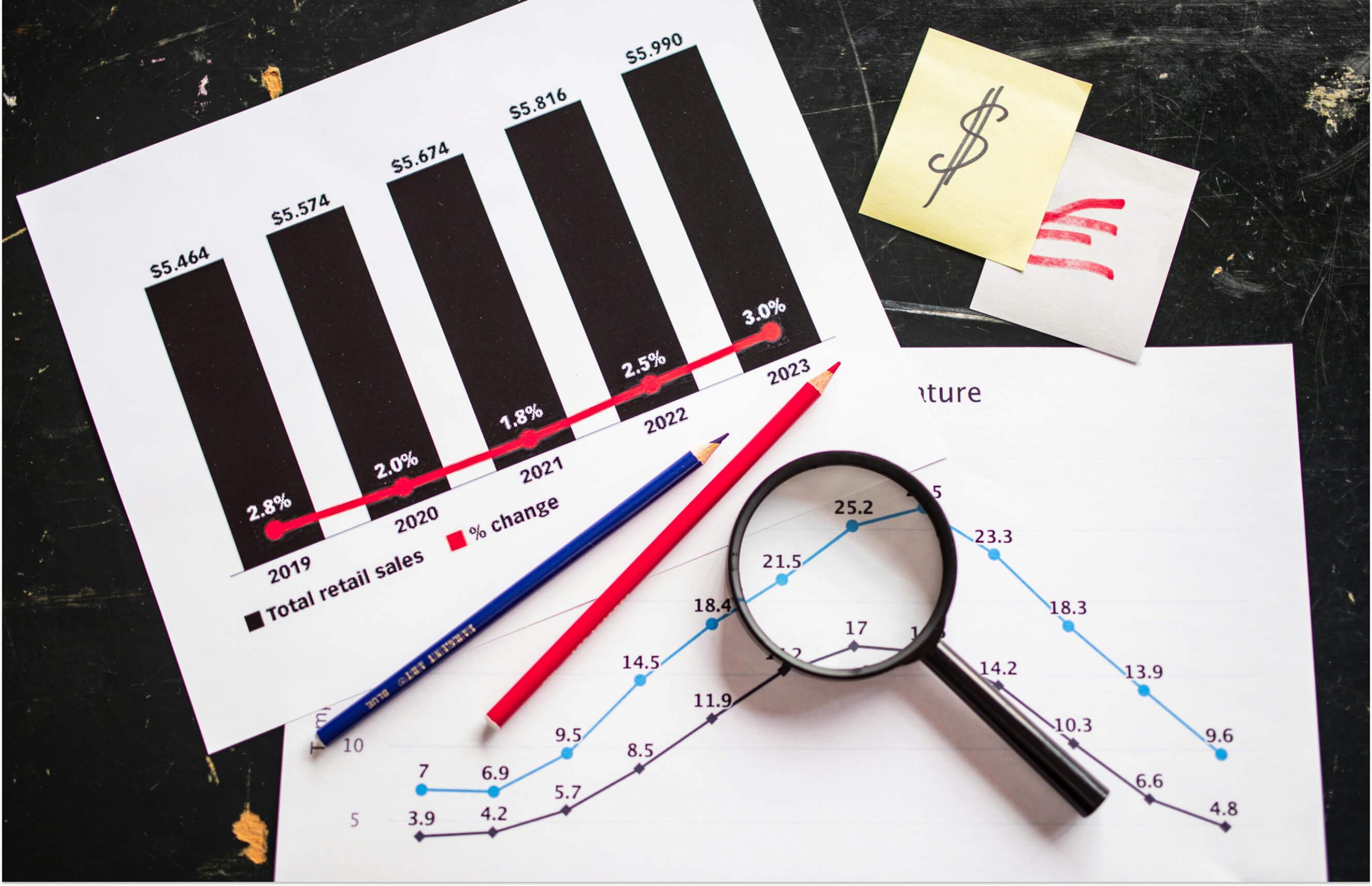At Simply Contact, we specialize in creating personalized customer support solutions that drive business growth and customer satisfaction. Let us help you elevate your customer experience and stand out from the competition.

Enhancing customer interactions is a critical focus area for businesses. This article will address call center standards, and answer other related questions.
A call center serves as an efficient channel for communicating with consumers of products or services, and it can also facilitate promotions, polls, and social surveys.
There are two primary types of call centers: outsourcing and corporate (in-house). An in-house call center is an extensive internal department that interacts with the company’s partners and clients. While it offers direct control over operations, maintaining such a center can be costly, with significant expenditures on staff, training, infrastructure, software, and premises upkeep.
Consequently, many business owners opt for outsourcing call centers, which significantly reduce costs while assuring service quality. An outsourcing call center is a service provider operating in the telecommunications market, catering to multiple clients simultaneously. These contact centers utilize not just traditional channels like phone or email, but also social media, thereby broadening their reach and effectiveness.
Average Hold Time Standards
In today's diverse marketplace, numerous contact centers offer a range of services. A key performance indicator for these centers is customer satisfaction, highlighting the crucial need for high-quality communication between businesses and consumers. One aspect customers find most frustrating is waiting, making hold time a significant measure of a call center's efficiency.
So, what exactly are call center operational indicators, and why do we measure them? Let's start by understanding the concept of Average Hold Time (AHT). This is the typical duration an agent spends interacting with a customer. In a voice-oriented contact center, it includes the talk time, hold time, and time spent on post-call activities by the agent. This measure is calculated based on the vast number of calls handled by the call center over a specific timeframe.
Years ago, call centers served a basic function: answering calls. During those times, the cost-efficiency of running the call center was the primary focus, with less emphasis on response times. However, industry standards for call centers have since evolved, introducing new criteria for evaluating their effectiveness.

AHT Improvement Project
Recognizing the pivotal role of Average Hold Time (AHT) in determining customer satisfaction, Simply Contact initiated a comprehensive project to reduce AHT for the Italian and English lines at the Wizz Air project.
Initial challenges included extended wait times for supervisor responses, significant performance discrepancies among agents, and the turnover of skilled agents, leading to increased AHT.
Through strategies like the introduction of structured agent scripts, targeted tools, and regular call reviews, the project witnessed a substantial 30% reduction in AHT. Notably, the Italian line surpassed expectations, achieving an AHT below the contractual limit.
This initiative not only elevated the operational efficiency of our call center but also significantly enhanced the customer experience. The success story underscores Simply Contact’s expertise and commitment to delivering exemplary customer service.
Hold Time Definition
Efficiency in a contact center can be measured using several key metrics: talk time, hold time, after-call work time, and available (idle) time. Talk time refers to the actual duration of a call, excluding any periods when the call is on hold or the time spent on after-call tasks. Hold time occurs when a call is temporarily placed on hold using an ACD system; during this time, callers typically hear hold music. It's crucial to reassure customers that they remain connected during these pauses.
Hold time allows operators to gather necessary information or seek guidance from their supervisors. If this period exceeds one minute, the operator should check in with the client, informing them of the need for additional time and giving them the option to continue waiting or to call back later.
An extended average hold time may indicate that operators are not adequately trained or familiar with their scripts. If a call center consistently has long hold times, it may suggest the script isn't efficiently structured or lacks vital information.
Based on our vast experience, Simply Contact experts have crafted guidelines for expected response times across various communication channels:
- Email Response Time: 1-5 days;
- Social Care Response Time (Facebook, Twitter): around 1 day;
- Live Chat Response Time: 30-90 seconds;
- Phone: 10-40 seconds;
- Ticket Response Time: 2-3 hours.
* It's important to note that these recommended durations can vary depending on the specific client and industry in question.
As an experienced outsourcing contact center, Simply Contact caters to a diverse range of businesses. We have numerous positive testimonials from our satisfied partners, and our extensive knowledge of customer demands allows us to meet call center hold time standards effectively.

How to Calculate ASA
ASA, or Average Speed of Answer, has two primary interpretations. Firstly, it refers to the average time taken by an agent to answer a call. Secondly, it signifies the average duration a caller waits on the line before an agent responds. ASA serves as a key metric for gauging the service level of inbound calls and is a crucial component in measuring service availability. It's particularly useful for monitoring and analyzing the daily workload of call center agents.
The ASA can be calculated using the following formula:
| ASA = (IVR Welcome + IVR Busy + Ring time) / Calls Handled |
Here:
IVR Welcome is the automatic greeting that informs callers about the company they've reached. This initial touchpoint helps callers verify if they've contacted the correct entity. In certain cases, this component might be omitted from the ASA calculation.
IVR Busy refers to the duration a caller spends in the queue when all agents are occupied.
Ring Time, sometimes referred to as reserved time, is the span between the call being directed to an agent and the agent picking up. Ideally, both IVR Busy and Ring Time should range between 1-5 seconds.
ASA is a valuable metric that provides insights into the quality of customer service. It highlights areas of improvement, ensuring optimal service delivery.
Waiting on Hold for Too Long
Nobody likes being left on hold, especially when they're seeking a solution to a pressing issue. The reality is, today's customers have little patience for prolonged wait times.
Industry standards for call center wait times exist to ensure customer satisfaction. When a contact center fails to meet these standards, it could indicate gaps in training or knowledge. Minimizing hold times is crucial; often, customers simply hang up if kept waiting, leading to lost opportunities and revenue for companies.
In a survey involving over 2,500 participants, nearly 60% felt that waiting for a minute was too long, as per PRWeb. Furthermore, 32.3% of those surveyed believed that customer service should answer immediately, with zero hold time. While most participants were unwilling to wait, 27.6% would wait up to a minute, and a mere 4.1% would stay on the line until their issue was resolved.

How to Reduce Hold Times
Enhancing a contact center's performance encompasses several facets, such as efficiency, customer accessibility, service quality, and above all, customer satisfaction. Undoubtedly, nobody appreciates long waits. The average handling time, indicating the total duration for addressing a customer's request, encompasses several phases:
- Pre-Call Time
- Ringing Time
- Talk Time
- Hold Time
- Wrap-Up Time
To effectively reduce Hold Time, it's essential to address each phase. Begin by automating responses to frequent queries using an Interactive Voice Response (IVR) system. This way, customers can obtain instant answers via automated voice messages, eliminating the need to speak with agents directly.
Further, streamline post-call tasks. Automate actions like order updates or data input. Focus on resolving issues during the first contact; customers dislike repeating themselves. Avoid transferring callers between multiple agents, as this only prolongs wait times and diminishes loyalty.
Lastly, equip operators with comprehensive information on common and intricate queries. When agents can promptly address concerns, hold times naturally decrease.
Read also: How to reduce AHT (Average Handling Time)
Summary
Hold time is a critical factor in contact centers as it directly influences customer satisfaction and loyalty. By adopting best practices, utilizing advanced technology, and offering options like callback services, businesses can mitigate customer frustration and improve their overall service experience. Adherence to hold time standards is essential for operational efficiency and fostering positive customer relationships, both of which are crucial for long-term business success.
A team of professionally trained individuals is the backbone of an effective call center. At Simply Contact, we boast a skilled team that ensures a high level of service for all our partners.
We trust that this article sheds light on hold time standards and strategies to reduce hold times. If you require additional insights or wish to discuss outsourced call center projects, feel free to contact our experts at Simply Contact.
Get fast answers to any remaining questions
Thank you.
Your request has been sent successfully.
Your request has been sent successfully.






